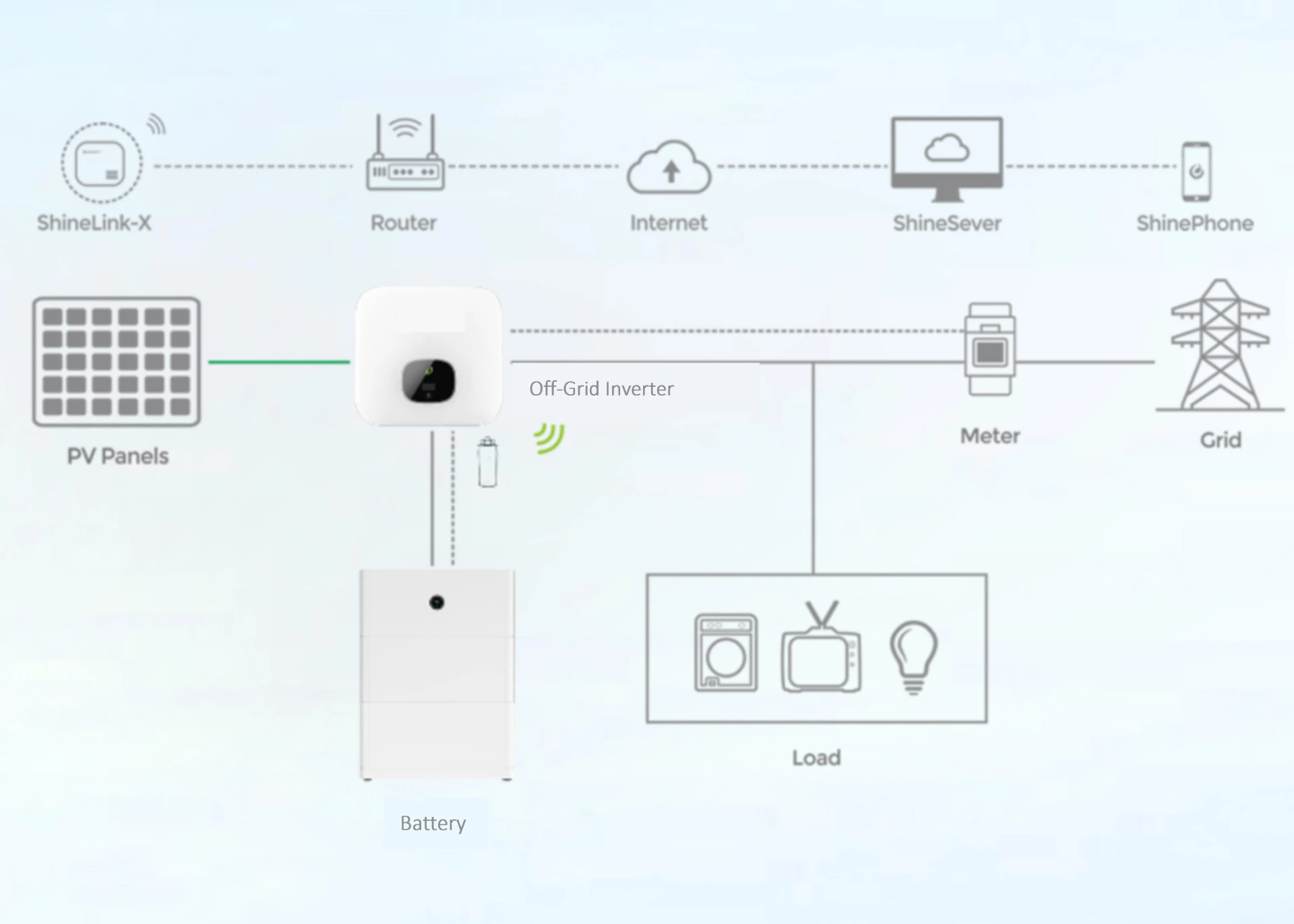energy storage system
Energy Storage Systems A Key to Sustainable Future
Energy storage systems (ESS) play a pivotal role in the transition towards sustainable energy. As global energy demands continue to rise, the need for efficient and reliable methods to store energy is becoming increasingly evident. These systems provide a way to store electricity generated from renewable sources such as solar, wind, and hydroelectric power, making it available for use when needed.
The fundamental concept behind energy storage systems involves capturing energy produced at one time and releasing it when demand arises. This process helps in balancing supply and demand, ensuring that energy remains available even during fluctuations in production or consumption. For instance, solar panels generate electricity during the day; however, the energy consumption patterns of households and businesses do not always align with this production. ESS can store excess energy generated during sunny days to be utilized at night or during cloudy periods.
There are various types of energy storage technologies, each with its unique advantages and applications. Battery storage is one of the most common methods, utilizing lithium-ion, lead-acid, or emerging solid-state technologies to store electrical energy. These batteries can be deployed in various scales, from small residential systems to large grid-level installations. Another method of energy storage is pumped hydro storage, where water is pumped to a higher elevation during periods of low electricity demand and released to generate power when demand is high.
energy storage system

Flywheels, compressed air energy storage, and thermal energy storage are additional examples of technologies that contribute to the energy storage landscape. Flywheel systems store energy in a rotating mass, providing rapid responses to energy demands, while compressed air storage uses compressed air in underground caverns, releasing it to drive turbines for electricity generation. Thermal energy storage allows excess energy to heat a medium, such as water or salt, which can then be converted back into electricity or used for heating purposes.
The integration of energy storage systems into the energy grid offers numerous benefits. It enhances grid stability and reliability, supports the penetration of renewable energy sources, reduces greenhouse gas emissions, and ultimately leads to a more resilient energy system. Moreover, by enabling demand-side management, these systems can reduce the need for fossil fuel-based peaker plants, further decreasing environmental impact.
Governments and private sector players are increasingly investing in energy storage technologies. Policies and financial incentives aimed at enhancing research and development, as well as scaling up deployment, are crucial for accelerating the adoption of these systems. As the world moves towards a more sustainable energy future, energy storage systems will undoubtedly play a vital role in achieving a reliable, efficient, and clean energy landscape.
In conclusion, energy storage systems are essential for maximizing the benefits of renewable energy sources. By addressing the challenges of intermittency and demand fluctuations, ESS not only supports energy transition but also paves the way for a sustainable energy future.
-
Navigating Off Grid Solar Inverter: From Use Cases to Trusted PartnersNewsAug.05,2025
-
Solar Edge String Inverter: A Wholesaler’s Guide to Inverter Technology SelectionNewsAug.05,2025
-
Microinverters: Revolutionizing Solar Energy UseNewsAug.05,2025
-
Future of Monocrystalline Solar Panel Efficiency: Latest Technological AdvancesNewsAug.05,2025
-
Solar Panels for House: A Complete Guide to Residential Solar EnergyNewsAug.05,2025
-
Panel Bifacial Performance in Snow and Low-Light ConditionsNewsAug.05,2025







